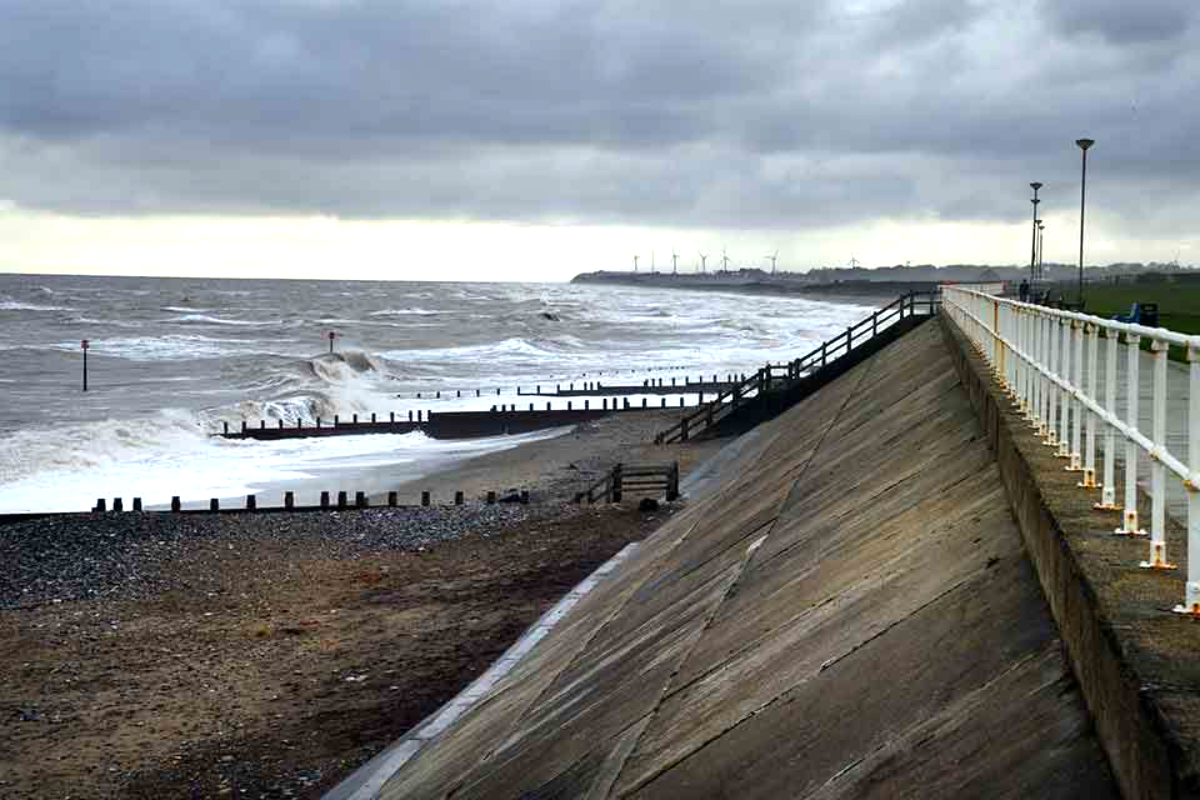
Proposals to build an underground radioactive nuclear waste site under Holderness are crazy and risks posed by flooding could lead to unthinkable consequences, an expert has claimed.
Academic and former UK Government adviser Dr Paul Dorfman told the Local Democracy Reporting Service (LDRS) he was astonished that a Geological Disposal Facility (GDF) had been proposed for south Holderness.
The researcher, who specialises in nuclear waste management, added the risks included flooding and rising sea levels and the fact GDFs were decades away from being proven as a concept.
A spokesperson for Nuclear Waste Services, the Government agency behind the project, told LDRS GDFs were an internationally recognised solution and any plans would take risks including flooding into account.
The comments follow the announcement that south Holderness is currently being looked at as a possible home for a GDF along with three other locations.
It would see radioactive waste put into containers and stored hundreds of metres underground at a site which would operate for 175 years.
The network of underground vaults and tunnels built within natural geological formations would then be back-filled and the surface site would be given over to other uses.
The establishment of the South Holderness Working Group, which includes East Riding Council, could see funding of up to £2.5m if the proposals progress.
They would only go ahead if the majority of people in the affected area are shown to want it through a ‘Test of Support’ though its form remains undecided.
Since the announcement, opposition has been growing to the proposals including with the formation of a local GDF Action Group vowed to oppose it.
Beverley and Holderness MP Graham Stuart has also backed a call from South East Holderness councillors Lyn Healing and Sean McMaster for the council to withdraw from the project.
Dr Dorfman is a fellow of the University of Sussex’s Science Policy Research Unit and he chairs the Greenpeace-backed Nuclear Consulting Group.
His work has included advising the UK Government, including the Ministry of Defence, on nuclear waste management.
Dr Dorfman said the proposals threw up problem after problem and the case for a GDF in south Holderness was knocked out of court when stacked against the evidence.
The academic said:
“There’s lots of discussions around nuclear energy but that’s beside the point in this case, it’s about the site itself.
“This is an appalling site, it seems ludicrous, the area seems to have a socially disadvantaged community, and all that implies for why this location has been chosen.
“There’s lots of models including the Environment Agency’s which show this area is at risk of flooding.
“That’s because of sea levels and future sea level rises, there’s some uncertainty over how that will play out.
“But what there isn’t uncertainty over is the risk of storm surges.
“Over the next 50 to 100 years the issue is sea level rise but in the nearer term it’s storm surge risk.
“So why on earth are they looking at this location?
“The other issue is that GDFs are largely conceptual.
“Yes, one’s been constructed in Sweden, but it’s still an ongoing experiment due to sets of ongoing questions around the containment, the backfill, and most importantly whether the highly radioactive waste can be securely isolated from the wider environment for tens of thousands of years.
“What would happen if there is an accident or incident at a GDF?
“Significant key underlying research hasn’t been completed, so the question remains, how you can start something like this before you know what you’re doing.
“The current European consensus supports the GDF concept. We have this shared problem of nuclear waste, and we must find a way of managing this extraordinarily toxic stuff.
“France has also been trying to build a GDF but they’ve also had significant problems with community acceptance.
“It’s all very well saying let’s do this but what if deep emplacement makes matters worse?
“The UK has an existential nuclear waste burden.
“What are we going to do with it?
“Well, at the end of the day, no one really knows.
“There may be no final solution, we may have to store it.
“With a GDF, there’s a huge amount of uncertainty around the underlying geology, would it remain stable for millennia?
“Then there’s a security issue.
“Once a GDF is operational, there’s still going to be an opening somewhere.
“And there’s going to be years of trying to emplace this highly radioactive stuff under the ground in containers.
“It has to be re-stated, that high and mid-level radioactive waste is hugely toxic, and once emplaced, if something goes wrong then we have a whole set of new problems.
“So, you’ve got problem after problem, and then on top of that you’ve got the issue in south Holderness of the significant risk of flooding, at that point we should just say forget it.
“This raises the question as to why this site was selected and all that implies for those who have been doing the site selection.
“As for me, I’m astonished the site is being considered.
“Clearly there will have been preliminary discussions on planning gain for the wider area, with the investment and jobs it would create.
“At a time when money is tight for local people and the local authority, any new money would be welcome.
“There’s always an upside to any new development but this has to be weighed against the downside which in this case, is building a high-level nuclear waste site in an area of flooding risk, and the potential hazard to the local community over generations.
“I can’t put into words how amazed I am by this choice of location.
“As if there weren’t enough problems with a GDF already, south Holderness is a deeply problematic location.”
LDRS put the issues raised by Dr Dorfman to the Nuclear Waste Services.
A spokesperson said there would be a range of studies and investigations over many years to find a site and to understand flooding and climate risks.
They added any proposals would have to be reviewed by the Government which would look at the science behind them and to make sure it protects people and the environment.
The spokesperson said:
“Geological disposal is internationally recognised as the best long-term solution for dealing with higher activity radioactive waste.
“The concept of geological disposal and GDF is endorsed by scientists around the world as the only viable, permanent solution to enable the safe disposal of radioactive waste.
“Disposal deep underground in highly engineered vaults and tunnels will keep waste safe and secure over the hundreds of thousands of years it will take for the radioactivity to naturally decay.
“Between 2003 and 2006, the independent Committee on Radioactive Waste Management (CoRWM), carried out an open and transparent review of all the available options for long-term management of UK higher activity waste.
“CoRWM concluded that a Geological Disposal Facility, between 200-1000m underground, with no intention to retrieve the waste once the facility is closed, is the best available approach.
“Similar reviews carried out in other countries have reached the same conclusion.
“A GDF is a disposal facility and not a store that will remain open or have waste removed from it at the end of its life.
“Disposal deep underground, within a suitable geological setting, in highly engineered vaults and tunnels will keep waste safe and secure over the hundreds of thousands of years it will take for the radioactivity to naturally decay.
“This multi-barrier approach isolates and contains waste to prevent radiation from ever reaching the surface environment at levels that could do harm.
“No site can be selected without many years of detailed study to ensure the geology will be suitable to perform its role in providing this protection.
“This is why GDF siting has taken so long in international programmes.
“A GDF will be constructed between 200 and 1,000 metres below ground.
“At this depth the waste will be protected from natural events and processes such as earthquakes, tsunamis and long-term environmental changes such as future ice ages or sea level rises.
“Once closed, the combination of engineered and geological barriers is designed to contain and isolate radioactivity deep underground to prevent radioactivity from ever reaching the surface at levels that could do harm.
“Cigar Lake is a lake in Canada under which a naturally occurring radioactive uranium deposit has remained intact for approximately 1.3bn years with no radioactivity being identified at the surface.
“Geological barriers, in this case clay and rock, have contained the radioactivity during this time.
“As well as protecting people and our environment, the GDF development also provides an opportunity to positively transform the host community for many generations.
“The development of a GDF would be subject to a Flood and Coastal Erosion Risk Assessment considering a range of climate change predictions for sea level rise to assess possible long-term effects on local flood risk and coastal change.
“The design of the GDF would incorporate appropriate mitigation measures to protect against flood risk to the GDF during the operational phase, while the facility is still open and receiving waste, and to ensure there were no adverse impacts on flood and coastal change risks elsewhere as a result of the project.
“Once the facility is closed the waste will be isolated hundreds of metres below the ground, far away from any flooding, coastal erosion or sea level change at the surface.
“A GDF will only be built if the independent regulators are satisfied and where there is both a suitable site and a willing community.
“Nuclear Waste Services is engaging with the Working Group in South Holderness to share information and answer questions about what hosting a GDF could mean for the local environment, economy, and community.”
- RELATED STORIES : Nuclear Waste Site Proposal for East Yorkshire Coast
- RELATED STORIES : Call for Referendum on Holderness Nuclear Waste Site Proposal



 New Operator Set to be Appointed for Scarborough Waterpark
New Operator Set to be Appointed for Scarborough Waterpark
 Scarborough Councillor Quits Labour Party Over Elphicke Defection
Scarborough Councillor Quits Labour Party Over Elphicke Defection
 Ban for Yorkshire Couple who Starved Their Three Dogs
Ban for Yorkshire Couple who Starved Their Three Dogs
 Whitby Town Hit The Riverside For Showpiece Final
Whitby Town Hit The Riverside For Showpiece Final
 New Kitchen for Scarborough Athletic Training Ground
New Kitchen for Scarborough Athletic Training Ground
 Eight Hour Call Out for Whitby Lifeboat Volunteers
Eight Hour Call Out for Whitby Lifeboat Volunteers
 Five Arrests After Police Called to "Burglary in Progress" in Scarborough
Five Arrests After Police Called to "Burglary in Progress" in Scarborough
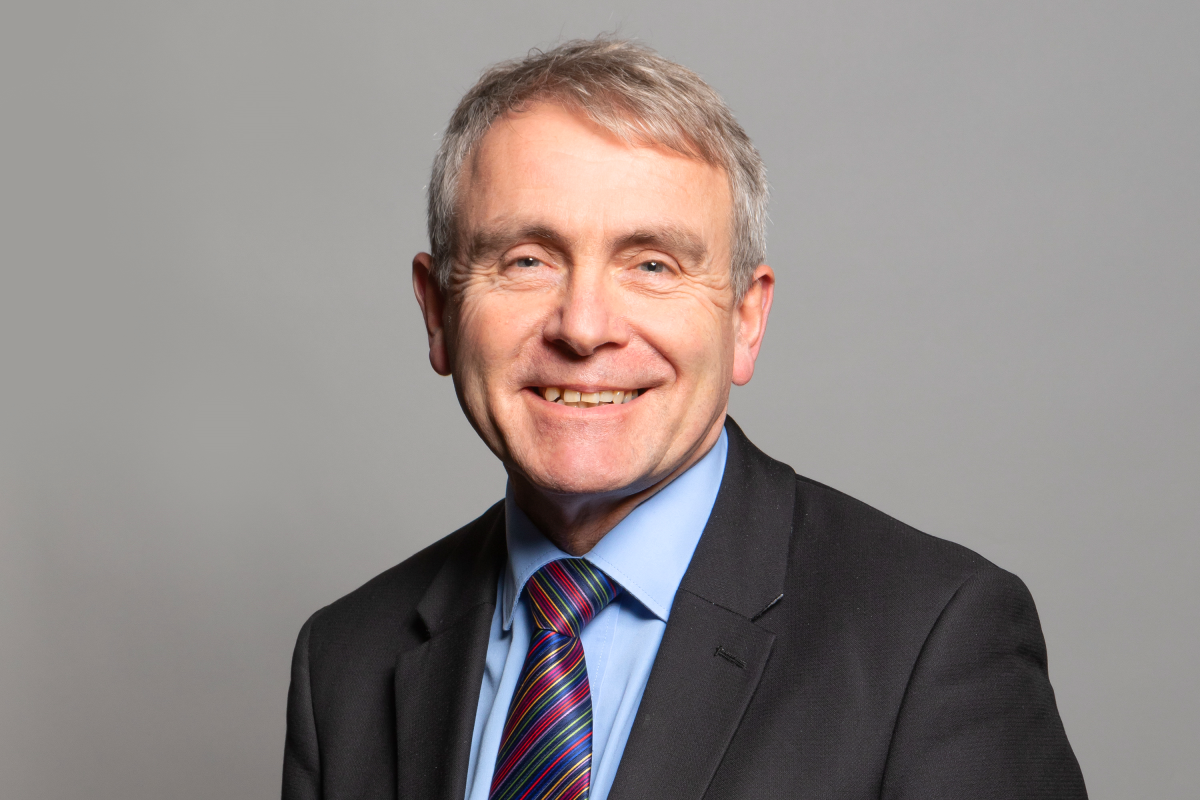 Scarborough & Whitby MP Raises Farming Shortage Fear
Scarborough & Whitby MP Raises Farming Shortage Fear
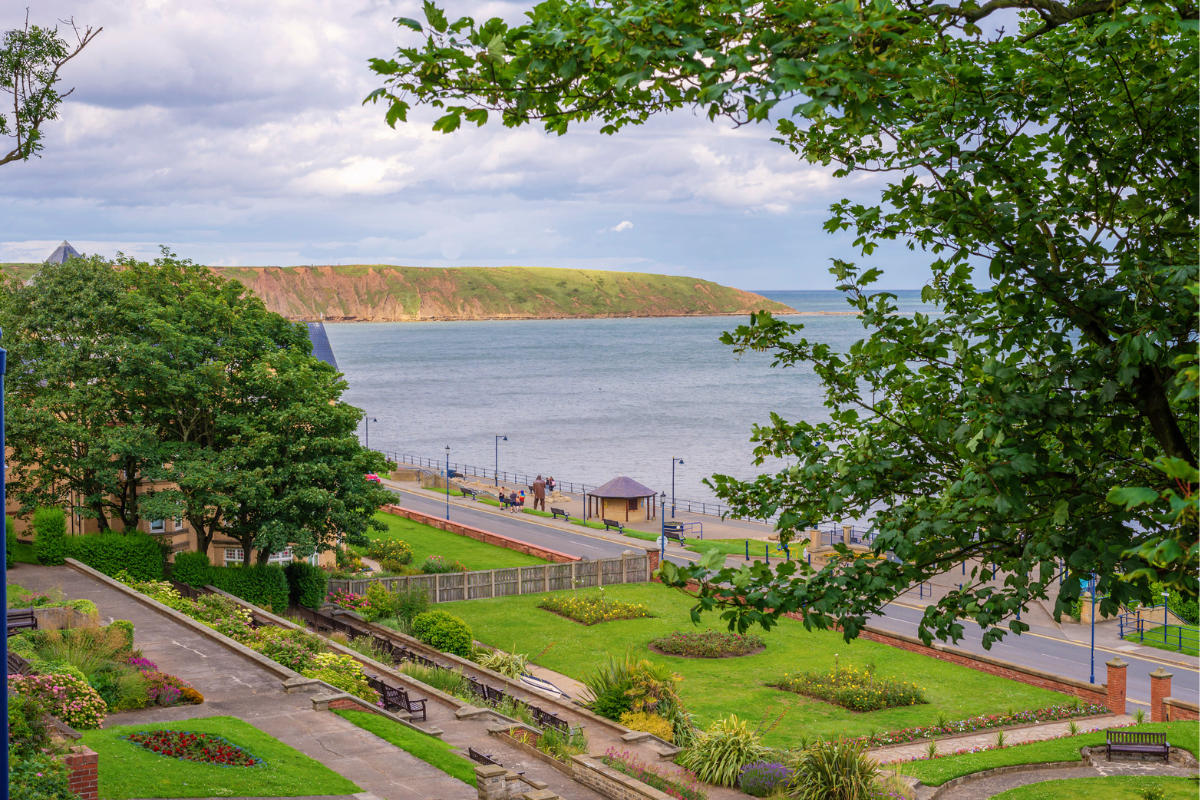 Filey Officials Hope To Welcome New North Yorkshire Mayor
Filey Officials Hope To Welcome New North Yorkshire Mayor
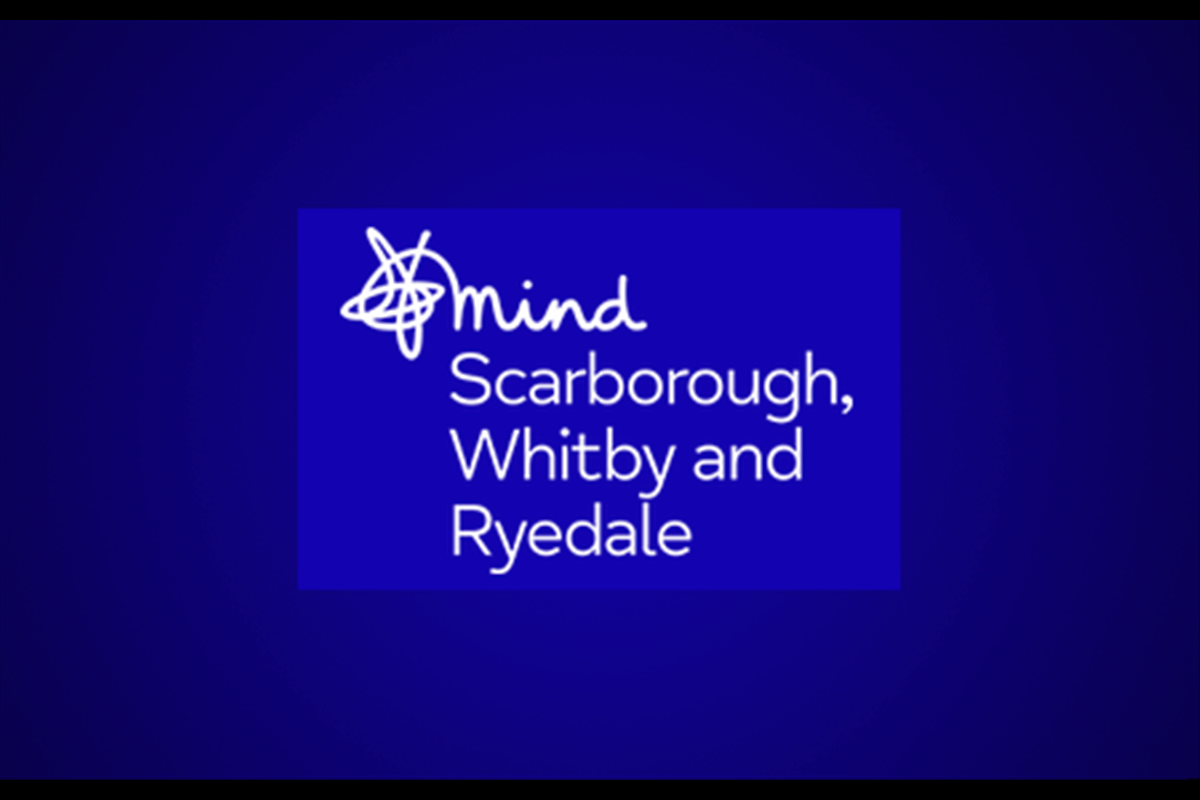 Mental Health Week on the Yorkshire Coast
Mental Health Week on the Yorkshire Coast
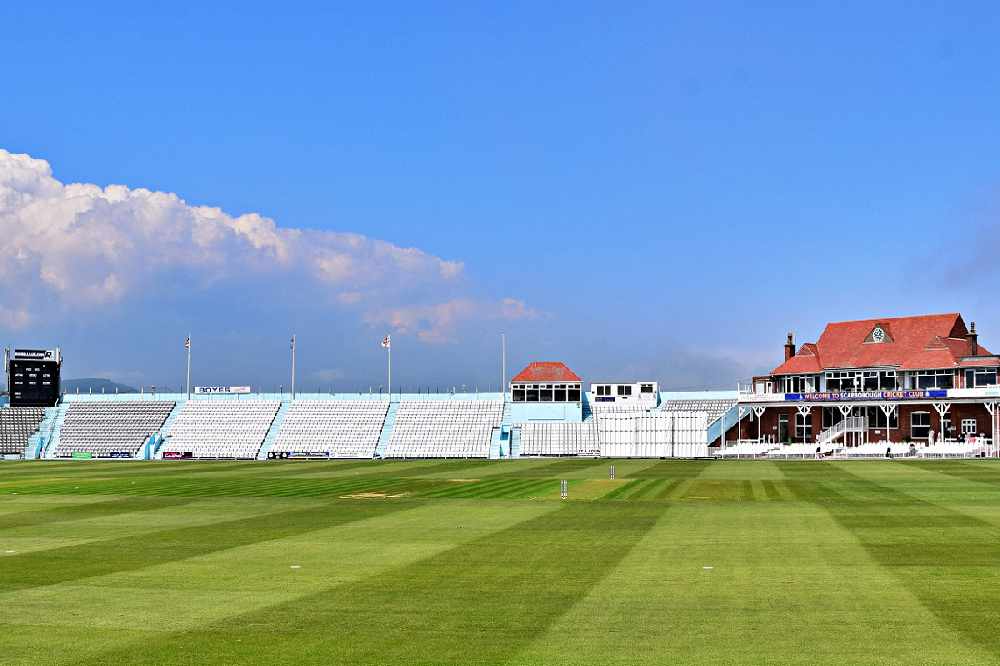 Scarborough Slump Continues But Winning Runs Extended Elsewhere
Scarborough Slump Continues But Winning Runs Extended Elsewhere
 Whitby Town Are Continuing To Build Ahead Of The Summer
Whitby Town Are Continuing To Build Ahead Of The Summer








Comments
Add a comment